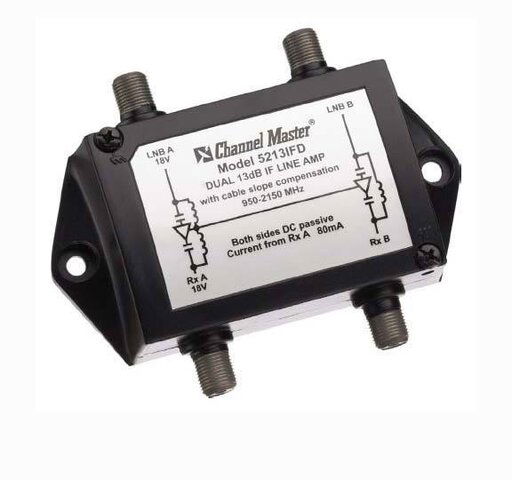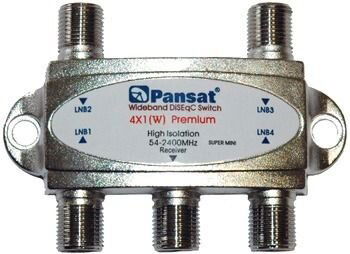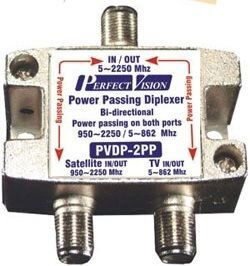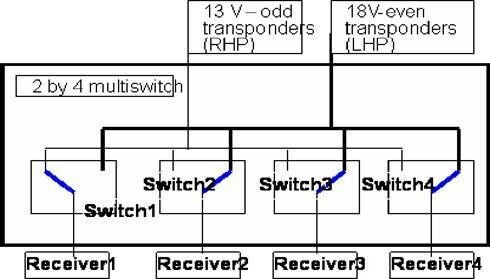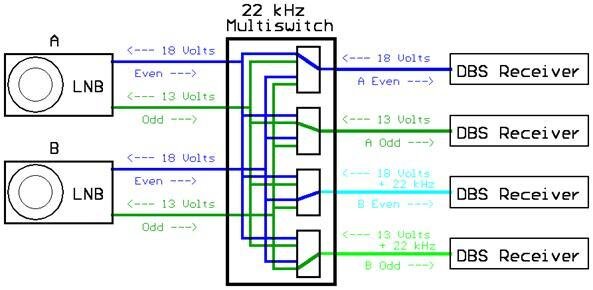Anole:
Looking at your FAQ thread Switch Setup Simplified, can you address a couple of obvious questions (possibly here), any newbie would definitely ask:
I believe Iceberg and Pendragon covered these matters quite eloquently, above.
The Switches Simplified FAQ offers some recommended working designs for the inexperienced.
It's not a college course in designing switching matrices.
It is in fact,
simplified and very much
for the beginner!
Members who need fancier switching beyond the above FAQ, are probably advanced hobbyists who've learned the basics over the years, and eventually added more dishes than they have fingers. -
 Iceberg
Iceberg mastered a T-90 and documented it here on the forum.
Reading his exploits was the basis for a heck of an education, couple of years ago.
Linuxman has a roof-full of BUDs 'n little dishes, that would put most TV stations to shame.
He's repeatedly added multi-LNB Ku dishes, and more recently a 6' dish full of Ku's.
His switch matrix feeds three or four receivers and was a pleasure to read about as he built it up.
Labgate you know. That was his switch board you posted, apparently.
He hasn't been around much lately , so I forget what all he's got, but it's a yard-full, that's for sure!
One of our members in Florida,
JerryT, came up with some outstanding ideas using bandstacked LNBs on a T-90.
We've had a number of good discussions on his ideas of switching.
Due to his use of PCI tuners, his way of allocating LNBs to multiswitches is easily supported.
Doing the same on most STB's would be more troublesome.
Pendragon has discussed his setup in other threads.
It's quite elaborate.
So, if you want to see what the big dogs have done, search for major threads by any of the above, and get a brain-full.
For most of the rest of us, with a few dishes, the simple ideas are reliable and inexpensive.
Oh, and one parting thought.
We document what the existing products will do for us.
Re-designing them to meet our expectations or wishes isn't immediately productive.
As an example, there are at least three 8x1 diseqc switches we've documented.
One works quite well.
See the Review Department, but here's a clue: the DigiWave.
Please share your thoughts and arguments about the best switch models you currently use in your system, or would be happy to buy if only..., or plan to get for your incoming system upgrade, and WHY did you pick this particular switch or switch combo? Of course, your very own switchbox photos would be highly appreciated. :up



